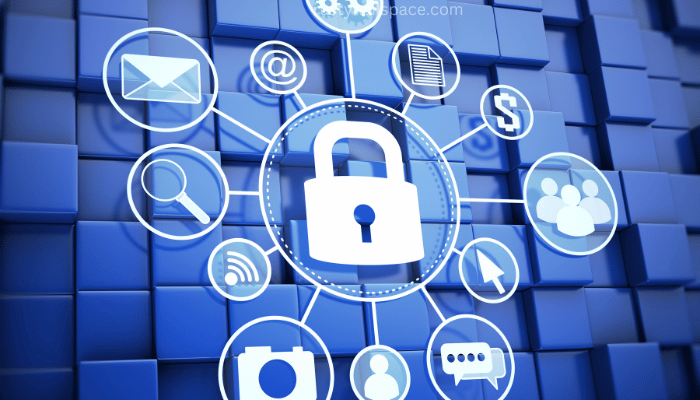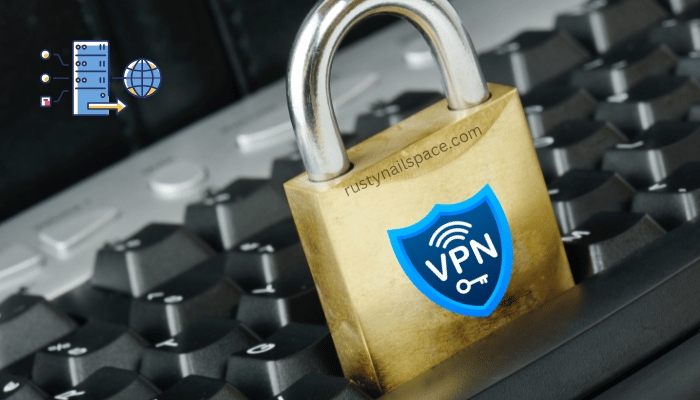The internet has become an indispensable part of our lives. From banking and shopping to working and connecting with loved ones, it’s hard to imagine a world without it. However, with this convenience comes risk. Cyber threats are constantly evolving, making it crucial to understand how to protect yourself online.
This guide offers seven actionable steps that anyone can take to enhance their internet safety and protect their personal information. Let’s dive in!
Step 1: Use Trusted Anti-Malware Software
One of the first lines of defense against cyber threats is having robust anti-malware software installed on your devices. Malware includes viruses, spyware, ransomware, and other malicious programs that can compromise your data.
- Why You Need It: Malware can steal sensitive information, corrupt files, and even lock you out of your system.
- Built-in Options: If you’re using Windows 10 or 11, Windows Defender provides a solid baseline.
- Third-Party Tools: Consider reputable options like Bitdefender, Norton, or Malwarebytes for enhanced protection.
- Best Practices:
- Schedule regular system scans.
- Ensure your anti-malware software updates automatically to stay ahead of new threats.
Step 2: Keep Software Up-to-Date
Outdated software is a cybercriminal’s playground. Vulnerabilities in old versions of operating systems, browsers, or applications can be exploited to gain unauthorized access to your system.
- What to Update:
- Operating Systems: Always install the latest updates for Windows, macOS, iOS, or Android.
- Applications: Update browsers, email clients, and frequently used programs.
- Drivers and Plugins: Don’t neglect software like Adobe Reader or Java, which are often targeted.
- How to Stay Current:
- Enable automatic updates wherever possible.
- Set a reminder to manually check for updates if auto-update isn’t available.
Step 3: Secure Your Online Accounts
Your online accounts often hold the keys to sensitive information. Securing them properly is one of the most effective ways to protect your digital life.
- Strong Passwords: Use a combination of upper and lowercase letters, numbers, and special characters. Aim for at least 12-16 characters.
- Password Managers: Use tools like LastPass, Dashlane, or Bitwarden to generate and store unique passwords securely.
- Two-Factor Authentication (2FA): Enable 2FA on all accounts where it’s available. This adds an extra layer of protection by requiring a second form of verification.
- Regular Checks: Periodically update your recovery email and phone number to ensure you can regain access if locked out.
Step 4: Educate Yourself About Online Threats
All the technology in the world can’t protect you from poor judgment. Staying informed about common online threats is vital.
- Phishing Scams: Be cautious of unsolicited emails or messages that request sensitive information or urge you to click suspicious links.
- Safe Browsing: Stick to reputable websites, especially when making purchases or entering personal details.
- Attachments and Downloads: Avoid downloading files from unknown sources. Even seemingly harmless files can harbor malicious software.
- “Free” Software: Many free programs come bundled with adware or spyware. Research the software before downloading it.
Step 5: Protect Your Home and Public Network
Your home network is a gateway to all your connected devices. Securing it helps prevent unauthorized access.
At Home:
- Secure Your Wi-Fi:
- Use WPA2 or WPA3 encryption.
- Change your router’s default admin username and password.
- Hide your network’s SSID (network name) if possible.
- Enable a Guest Network: If you frequently have visitors, create a separate guest Wi-Fi network to prevent access to your main devices.
On Public Wi-Fi:
- Avoid Sensitive Activities: Don’t conduct banking or shopping transactions on open networks.
- Use a VPN: A Virtual Private Network encrypts your connection, making it harder for hackers to intercept your data. Recommended options include NordVPN, ExpressVPN, or ProtonVPN.
Step 6: Don’t Forget Physical Security
Physical access to your devices can render even the best cybersecurity measures useless.
- Device Locks: Use strong passwords, PINs, or biometric locks (fingerprint/face recognition) on all devices.
- Encrypt Your Data: Enable full-disk encryption to protect your files in case of theft.
- Be Vigilant When Traveling: Never leave your devices unattended in public spaces like cafes, airports, or hotel lobbies.
- Data Erasure Tools: If you lose your device, tools like “Find My iPhone” or “Find My Device” for Android can help you locate it or erase its contents remotely.
Step 7: Back Up Your Data Regularly
Backups are not just a precaution against hardware failure—they’re a critical step in protecting yourself from malware, ransomware, and accidental data loss.
- Types of Backups:
- Local Backups: Use external hard drives or USB sticks. Ensure they are disconnected after the backup to prevent malware infection.
- Cloud Backups: Services like Google Drive, OneDrive, or Dropbox provide remote backups that are accessible anywhere.
- Backup Frequency:
- Schedule automatic daily or weekly backups, depending on your usage.
- Ensure your backups are encrypted for added security.
Conclusion: Stay Safe and Confident Online
Internet safety doesn’t have to be overwhelming. By following these seven steps, you’ll significantly reduce your risk of falling victim to cyber threats. Remember, the key to staying safe online is a combination of awareness, good habits, and the right tools.
Start small, and build your cybersecurity routine over time. Soon, these measures will become second nature, and you’ll browse the web with confidence, knowing your data and devices are protected.




One Comment